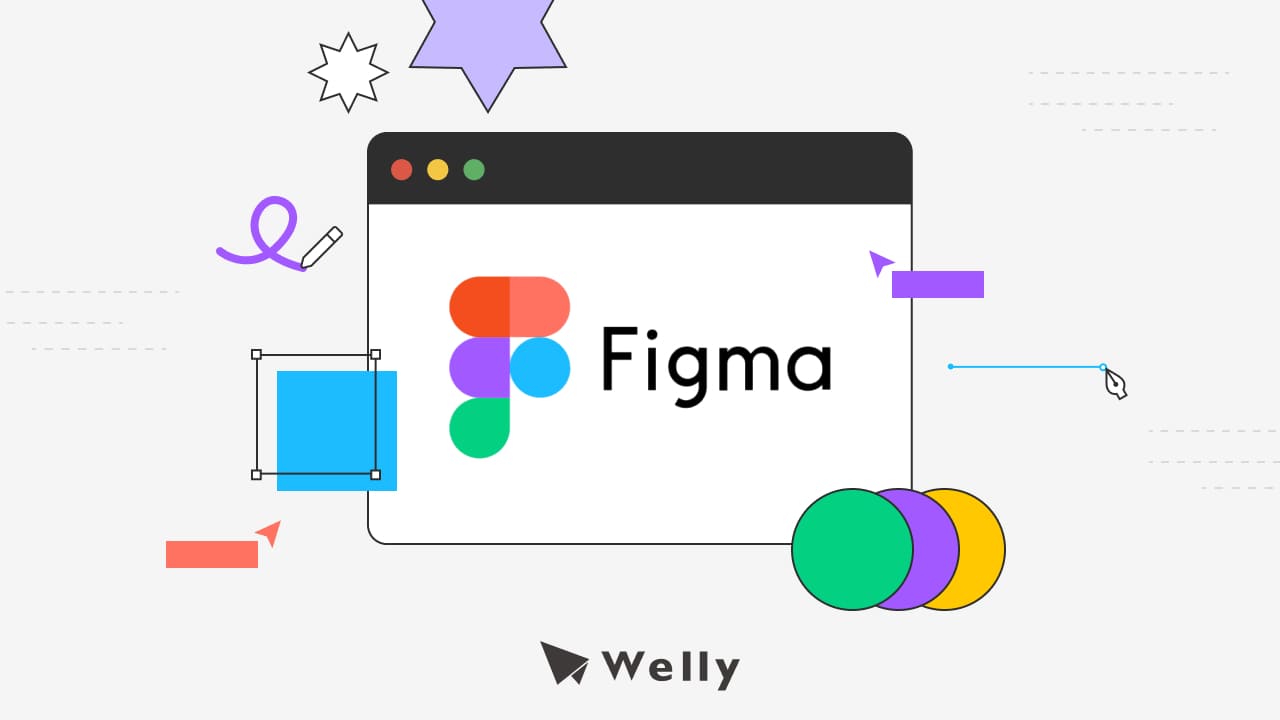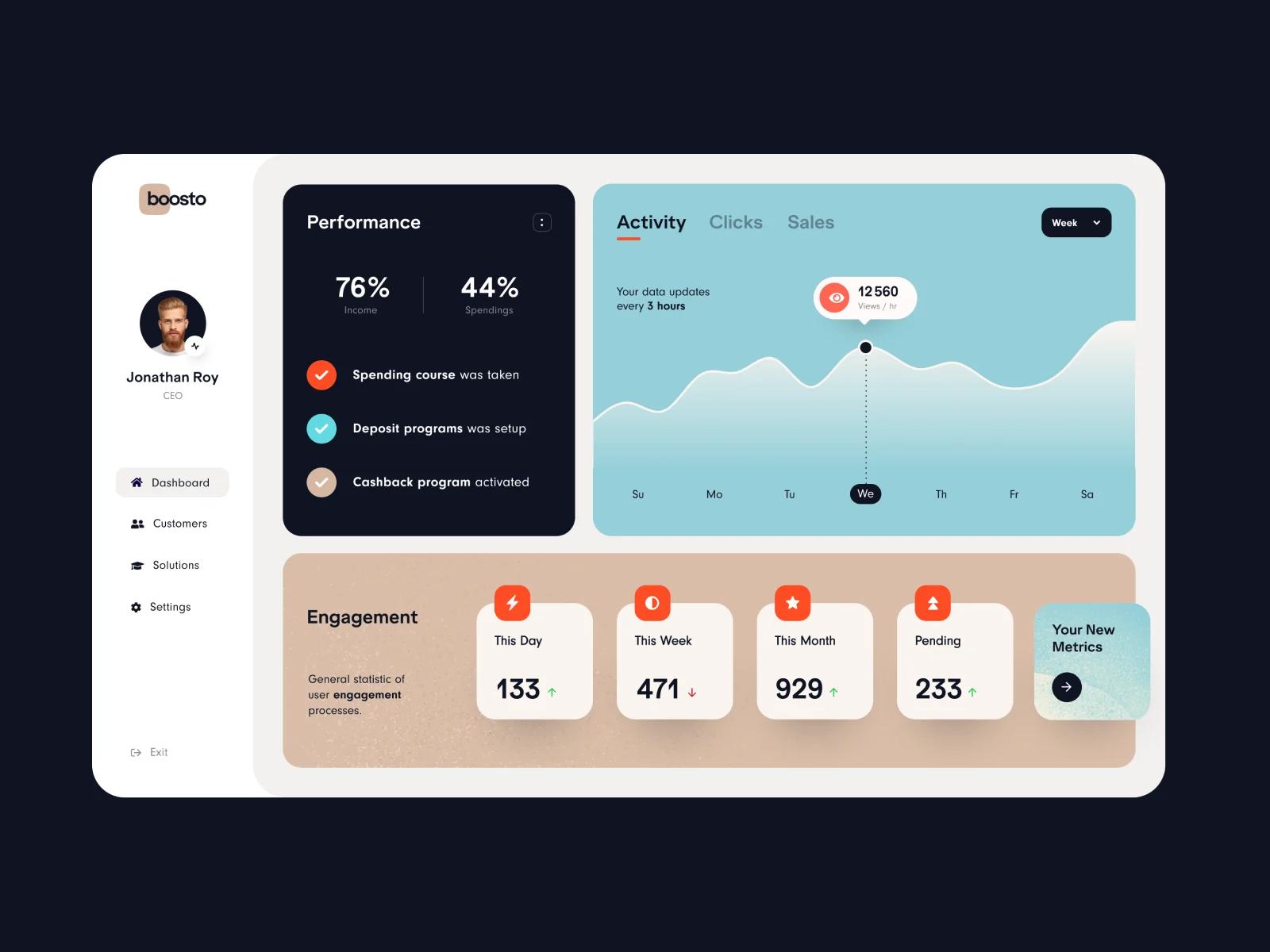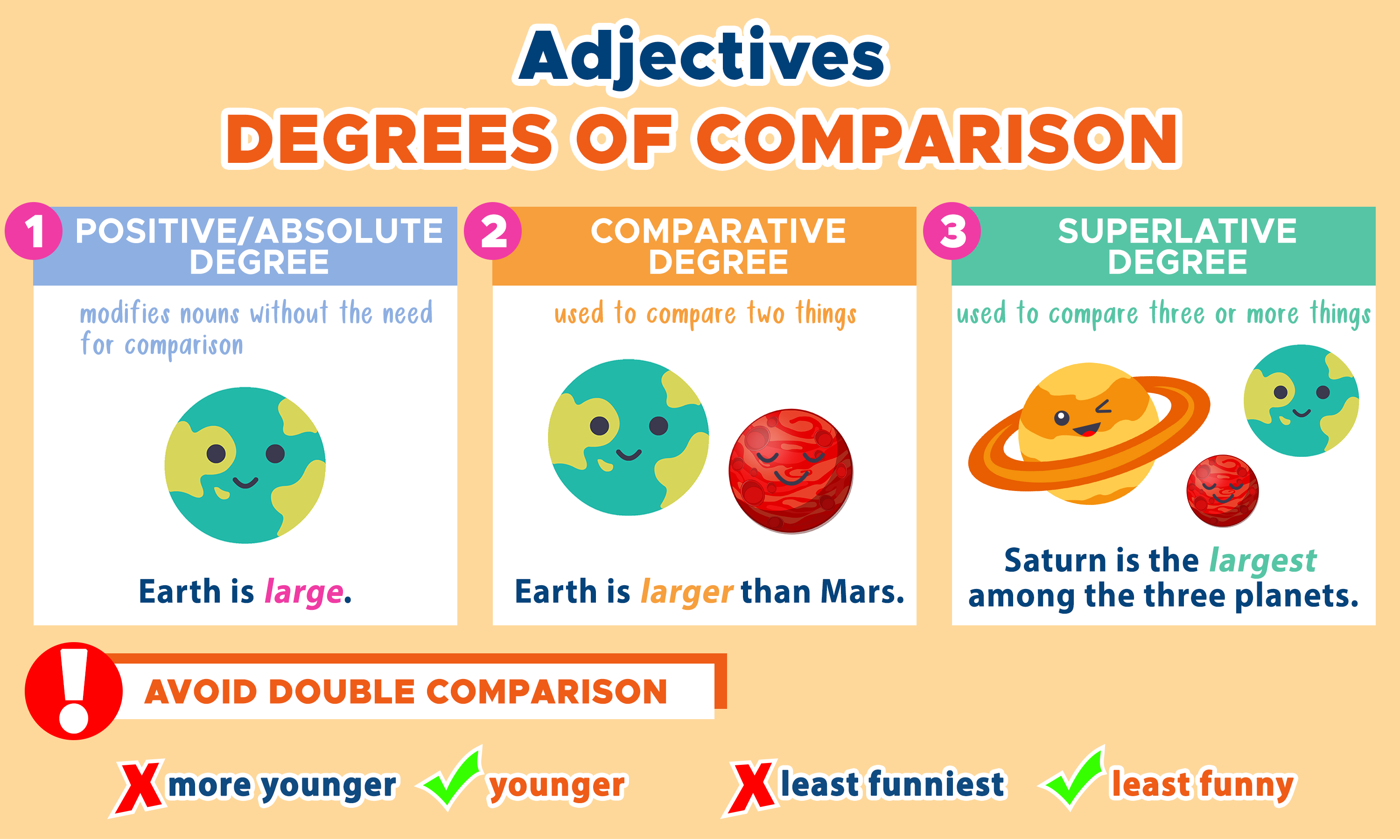
In the ever-evolving digital landscape, user experience (UX) has become a cornerstone of SEO strategy. While traditional SEO factors like keywords and backlinks remain important, search engines—especially Google—are increasingly prioritizing signals that reflect real human interaction with websites. One of these critical elements is micro-interactions. These subtle animations and design responses not only enhance usability but also play a role in how users engage with your site. However, when implemented poorly, they can negatively impact performance and, in turn, SEO.
This article will guide you through the strategic use of micro-interactions and animations, ensuring they enhance user experience without triggering an SEO penalty. We’ll cover best practices, tools, and real-world examples to help you optimize your site for both users and search engines.
What Is Micro-Interactions and Why It Matters
Micro-interactions are small, purposeful design elements that respond to user actions. Examples include button hover effects, form validation feedback, loading spinners, or even the subtle animation when a user likes a post on social media.
While they may seem minor, micro-interactions have a significant impact on user behavior. According to the Nielsen Norman Group, interactive feedback enhances perceived usability and satisfaction. When users receive visual confirmation for their actions, they trust the interface more, which leads to increased retention and engagement.
For SEO, this translates into better dwell time, lower bounce rates, and higher session durations—all of which are indirect ranking factors. Google’s algorithms are designed to reward sites that provide a positive user experience, making micro-interactions a valuable tool in your SEO arsenal.
How Micro-Interactions Impact SEO Performance
Although search engines don’t directly index animations, they do track user behavior metrics. Here’s how micro-interactions influence key SEO indicators:
- Bounce Rate: Users are less likely to leave immediately if their first interaction is met with responsive design.
- Time on Site: Engaging micro-interactions encourage deeper exploration.
- Pages per Session: Well-designed interaction cues prompt users to take the next step organically.
- Conversion Rate: Micro-interactions reduce friction, making it easier for users to complete forms or click CTAs.
These metrics are crucial for SEO because they signal to Google that your site provides value and is worth ranking higher.
Step-by-Step Implementation Framework
1. Define or Audit the Current Situation
Start by analyzing your website’s current micro-interactions. Use tools like Hotjar, Google Analytics, or Lighthouse to identify high-dropoff points. Look for areas where users might be confused or frustrated, such as form fields, navigation menus, or call-to-action buttons.
Action Steps:
– Conduct heatmaps to see where users interact most.
– Analyze bounce rate trends to spot problematic areas.
– Review user feedback or support tickets for common pain points.
2. Apply Tools, Methods, or Tactics

Once you’ve identified areas for improvement, implement micro-interactions that address specific user needs. For example:
- Add hover states to buttons to indicate interactivity.
- Use loading indicators during long processes to reduce frustration.
- Implement form validation feedback in real-time to prevent errors.
Use design tools like Figma or Adobe XD to prototype these interactions before coding them. This allows you to test and refine them without affecting live traffic.
Tools to Consider:
– Figma – For prototyping and testing micro-interactions.
– Lottie – For creating lightweight, scalable animations.
– Webflow – For building animated web pages with ease.
3. Measure, Analyze, and Optimize

After implementing micro-interactions, monitor their impact using analytics tools. Track changes in bounce rate, session duration, and conversion rates. Use A/B testing to compare different versions of your site and determine which micro-interactions yield the best results.
Key Metrics to Track:
– Bounce rate
– Time on page
– Conversion rate
– Scroll depth
– Click-through rate (CTR)
Iterate based on data, not just aesthetics. If a certain animation isn’t improving user engagement, consider refining or removing it.
Real or Hypothetical Case Study

Let’s look at a hypothetical case study involving an e-commerce site that improved its conversion rate through strategic micro-interactions.
Scenario:
An online store had a high bounce rate and low conversion rate. After auditing user behavior, the team noticed that users were often confused about the checkout process.
Solution:
They introduced micro-interactions such as:
– Form validation feedback with real-time error messages.
– Loading indicators during payment processing.
– Button animations to confirm successful actions.
Results:
– Bounce rate decreased by 25%.
– Average session duration increased by 18%.
– Conversion rate improved by 12%.
This case study shows how even small design changes can lead to measurable improvements in both user experience and SEO performance.
Tools and Techniques for Micro-Interactions

Here are some of the top tools and techniques for implementing micro-interactions effectively:
- Figma – Great for designing and prototyping micro-interactions.
- Lottie – Ideal for creating smooth, lightweight animations.
- Webflow – Allows for easy implementation of animated web pages.
- GSAP (GreenSock Animation Platform) – A powerful JavaScript library for complex animations.
- Adobe XD – Excellent for designing interactive prototypes.
- Canva – Useful for creating simple, engaging animations for marketing content.
Each of these tools offers unique features, so choose the one that best fits your workflow and project needs.
Future Trends and AI Implications
As AI continues to shape the future of SEO, the role of micro-interactions will only grow. Search engines are becoming more adept at understanding user intent and behavior, and micro-interactions will play a key role in signaling positive user experiences.
With the rise of voice search and multimodal interfaces, micro-interactions may evolve beyond visual cues to include haptic feedback, audio cues, and context-aware animations. These advancements will further blur the line between UX and SEO, making it essential for designers and developers to stay ahead of the curve.
Actionable Insight:
Start experimenting with micro-interactions that align with emerging technologies. Test how users respond to new types of feedback and adapt your strategies accordingly.
Key Takeaways
- Micro-interactions are small but impactful design elements that enhance user experience.
- They indirectly improve SEO by increasing dwell time, reducing bounce rate, and boosting conversions.
- Proper implementation requires a balance between aesthetics and functionality.
- Use tools like Figma, Lottie, and Webflow to design and test micro-interactions.
- Monitor performance metrics to refine and optimize your approach.
- Stay ahead of trends by exploring how AI and emerging technologies will shape the future of micro-interactions.
By strategically incorporating micro-interactions into your design, you can create a more engaging and user-friendly website that also performs well in search rankings.
Meta Title: How to Use Micro-interactions & Animations Without SEO Penalty
Meta Description: Learn how to use micro-interactions and animations to enhance user experience without harming your SEO performance. Discover best practices and tools for effective implementation.
SEO Tags (5): micro-interactions, SEO optimization, UX design, animations, user experience
Internal Link Suggestions: Parameter #12: Core Web Vitals, Parameter #7: Content Quality and Relevance, Parameter #9: Mobile Optimization
External Source Suggestions: https://www.nngroup.com, https://web.dev, https://uxdesign.cc







